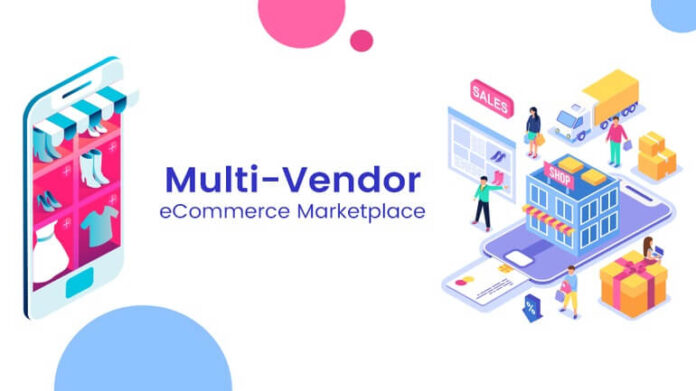A multi-vendor marketplace refers to a website where vendors or suppliers are provided services from several sellers. The suppliers or the vendors can offer a commission for their services. Now imagine the impact enormous physical malls are having on the small shops. They are being pushed out of focus. This is what precisely the small online stores are facing today. The latest trend that can be observed now is that many small online stores collaborate with multi-vendor eCommerce marketplaces. The ones refraining from doing so are engaging in considerable investments in their online store to sustain the fierce competition.
Now the question is- how to develop a multi-vendor eCommerce marketplace through magento development services ? If you have been looking for an article to answer this question, your wait is finally over. So plunge into this article and discover the ways that will help you develop a multi-vendor eCommerce marketplace!
1. Determine Your Niche
The first thing you need to keep in mind is to aim for less initially. If you desire to become a global giant like eBay or Etsy in the first days, that is impossible. You need to keep your expectations low. You should start your marketplace with services that you excel in. Your primary focus should be on gaining the attention of your target audience, who will be loyal to you in the future. You need to narrow your focus and engage in providing the services you are good at. In this manner, you will start to achieve new heights and receive recognition in the global market.
2. Use Your Competitor’s Drawback as Your Advantage
You have a lot of competitors in the market, and since you are new, you have to try out ways to gain the attention of the customers. How can that be done? First, try to find the loophole in the services of your competitor. Then, if there are no such loopholes, try to provide better services from your competitor in any area. Let’s take an example. If your competitor charges money for shipping their products, you initially provide customers with free shipping. This will help you gain customer attention.
3. Find Suitable Suppliers for Your eCommerce Marketplace
This is one critical step because your website’s products determine the success of your eCommerce marketplace in the long run. First, you need to decide upon the type of products you want to start your marketplace with. Then you need to start searching for the interested sellers who are willing to sell their products via your eCommerce marketplace by magento partners. Finally, you need to have professional behavior with them. Provide them with incentives and other facilities so that they agree to collaborate with you.
4. You Need to Attract Suitable Buyers
When you feel that your eCommerce marketplace is ready, you need to start its promotions. You will have to let the people know what facilities they will get if they shop from your marketplace. You need to invest in advertisements and also engage in social media promotion. Hosting lucky draws and giveaways will also help you attract a huge crowd.
5. Prioritize Customer Satisfaction Rather Than Development
Instead of investing a considerable sum in the marketing team, you should prioritize customer satisfaction. You should try to keep the old and loyal customers’ content rather than running behind, achieving a vast customer base. In addition, you need to look after your customers’ needs and value their suggestions.
6. Opt for an MPV feature
The MPV feature helps in the smooth running of your eCommerce marketplace. This feature advises you to keep your customers happy and satisfied. It also engages in improving the user experience of the customers. Thus, this feature is essential for new eCommerce marketplaces.
7. Choose a Proper Development Strategy
The development strategy has to be chosen based on your eCommerce marketplace needs. The few eminent strategies which new eCommerce marketplaces employ are the SaaS approach, the open-source approach, and the whit-label approach.
8. Opt for a Suitable Monetization Strategy
Like the development strategy, the monetization strategy also has to be chosen according to the specific needs of your eCommerce marketplace. You can opt for various efficient strategies: commissions, subscriptions, listing fees, product promotion, and advertisements.
9. Building trust
Your customers are your assets. It is because of them that your eCommerce marketplace will become a success. So you must keep the trust of your customers. How would you do this? It’s straightforward. Provide them with the best products at an affordable price range. Also, mention all the details of the product. All the products, as well as shipping information, should be transparent to the customer. In addition, add genuine product reviews. This will help you gain the customer’s trust even more.
Read Also: What’s New to YouTube in 2022
Bottom Line
It is always said that you should dream big, but you cannot deny that every drop makes an ocean. Start with small goals, and with time you will achieve even the unexpected goals. Your primary focus should be on keeping your customers and sellers happy. You have to have transparency with them. Be fair and see yourself achieving great heights of success. Hope these ways help you develop a booming multi-vendor eCommerce marketplace.










